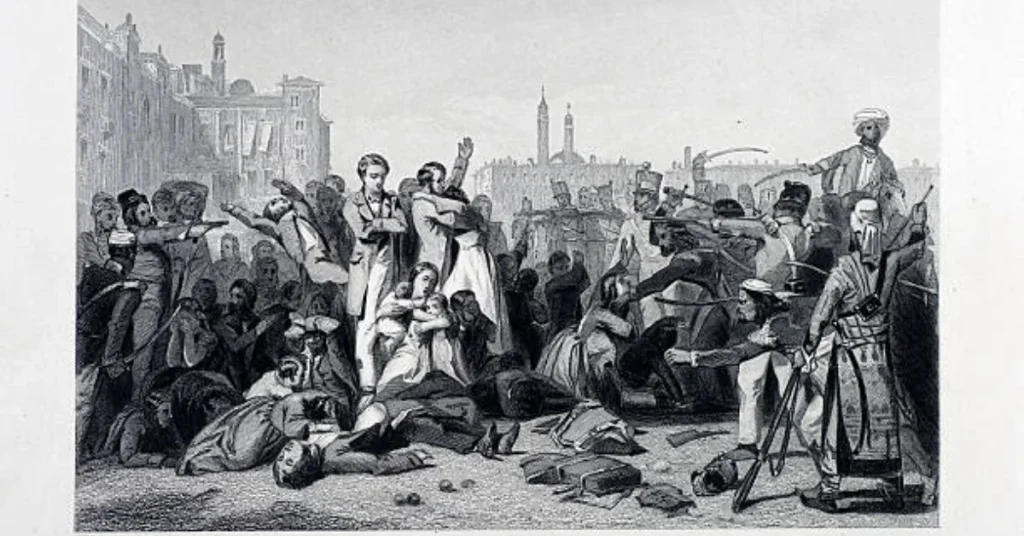Understanding the Origins of Fascisterne
The term “Fascisterne” is derived from Italian fascio, or “bundle” or “group,” and generally used to describe someone involved in the political movements and ideologies that emerged during the early 20th century with ultra-nationalist, authoritarian, and anti-communist characteristics. Fascism developed most visibly in Italy under Benito Mussolini during the 1920s and was then adopted by Adolf Hitler’s National Socialist Party in Germany, resulting in the Nightmarish fruit of World War II.
In its core, fascism promotes dictatorship, state planning of the economy, repression of opposition, and aggressive nationalism. These ideas quickly spread across Europe, and elements of fascist thought have continued to re-emerge in modern political theory globally.
The Basic Premises of Fascist Ideology
In order to understand fascisterne, one has to look into the philosophies and politics that constitute the movement:
Totalitarian Control
Fascism is in opposition to democracy. Instead, it advocates for sole control by one person or a leading elite, with all decisions being made without regard to the people. It is opposed to parliamentarianism, typically breaking down the legislative organs for the sake of executive decrees.
Supremacy of Nationalism and Identity
Ultra-nationalism lies at the heart of fascism. The state comes first, and the national identity of a country is most often centered on ethnic, cultural, or racial supremacy. This type of ideology calls for exclusion and persecution of minorities under the guise of protecting “national purity.”
Militarism and Violence
Fascist regimes glorify war, violence, and militarism as tools of national strength. Aggression by the military is seen as necessary to restore national prestige. Young people are often conscripted to military and state allegiance at an early age.
Anti-Socialism and Anti-Liberalism
Fascisterne movements are more likely to arise in reaction to socialist and liberal ideologies. Fascisterne believe in corporatist economies where the industries and trade unions controlled by the state act in the interests of the country to suppress class conflict through authoritarian mediation rather than democratic negotiation.
Historical Context of Fascism in Europe
Italy under Mussolini
Benito Mussolini marched into Rome in 1922 and established a fascist regime. The Fascist Party in Italy leveled democratic institutions, decentralized power, and employed propaganda to influence the people. Mussolini envisioned a revival of the Roman Empire, and it culminated in colonial conquests in Ethiopia and North Africa.
Germany under Adolf Hitler
Hitler’s National Socialism, while sharing most of the same ideological principles as Italian fascism, had a belligerent form of anti-Semitism that resulted in the Holocaust. The fascist philosophy was employed by the Nazi dictatorship to rationalize extensive militarism, genocide, and suppressing opposition in Europe.
Spain under Franco and Other European Variants
General Francisco Franco of Spain established a fascist-aligned regime following the Spanish Civil War. Likewise, fascist parties in Hungary, Romania, and the Balkans flourished, often backed by paramilitary organizations, oppressive censorship, and state-sponsored terror.
Fascisterne in the Modern World
Though traditional fascist regimes fell after World War II, neo-fascist movements have reappeared globally under different guises. These movements are often cloaked in populist rhetoric, anti-immigration policies, and nationalist revivalism.
The Age of the Digital and Fascist Revival
Fascist ideologies have created new platforms for the dissemination of their ideals with social media. Far-right web platforms and online groups use coded language, conspiracy theories, and dog whistles to spread fascist ideation. This has normalized far-right ideation in mainstream politics.
Examples of Contemporary Fascist-Like Movements
Golden Dawn in Greece: a neofascist movement that gained popularity with Greece’s economic crisis.
Jobbik in Hungary: Marked by anti-Semitic and anti-Roma invective.
Identitarian Movement in Europe: Advocates for the preservation of “European identity” as a defense against multiculturalism.
Alt-Right in the U.S.: While not technically fascist, elements of the movement promote fascist sentiments such as white supremacy and authoritarian nationalism.
Fascisterne’s Cultural Propaganda Mechanism
Control of Media and Information
Fascist regimes thrive on propaganda, using state media to produce consent and stifle dissent. Radio, cinema, reading material, and school curricula were used by traditional fascisterne to propagate ideology. Today, digital content plays the same role through algorithmic radicalization.
Art, Architecture, and Symbolism
Fascism is marked by stereotypical symbols (e.g., fasces, swastikas), monumental buildings, and uniform taste meant to be awe-inspiring and respectful. Uniforms, parades, and visible codes create theatrical conformity that reinforces obedience.
The Psychological Attraction of Fascism
Fascism attracts individuals in times of economic instability, identity crisis, and perceived cultural decline. It provides:
Order from chaos
A strong leader to “save” the nation
Clearly defined enemies to blame for social ills
A sense of belonging and superiority
Such emotive appeal replaces sensible political debate and frequently induces citizens to accept authoritarian rule willingly.
Combating the Resurgence of Fascisterne Today
Education and Historical Consciousness
The best defense against a resurgence of fascism is education. Educating oneself in history, remaining critical, and cultivating democracy and tolerance is required to build a sound society.
Digital Literacy and Media Responsibility
Governments, schools, and civil societies must cultivate media literacy in order to allow individuals to recognize and resist fascist language on the internet. Technology companies also can help to facilitate platforms to carry and promote hate speech and extremist views.
Supporting Democratic Institutions
Strong institutions and checks and balances are essential. Preserving free press, independent judiciary, and democratic electoral systems stops fascist ideologues from taking power unopposed.
International Cooperation
Fascism knows no limits. It is essential that democratic nations join forces to:
Monitor extremist activity
Sanction regimes pursuing fascist ideologies
Cooperate on counter-terrorism operations
Conclusion:
The threat of fascisterne never disappeared. Even with the new specter of fascism today—nationalist populism, xenophobic politics, or charismatic leadership—the same danger remains: the erosion of democracy and the removal of pluralism.
